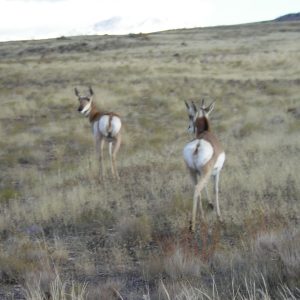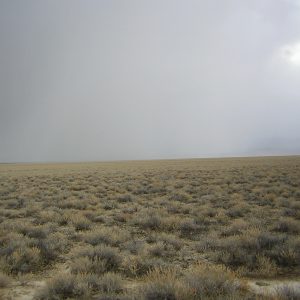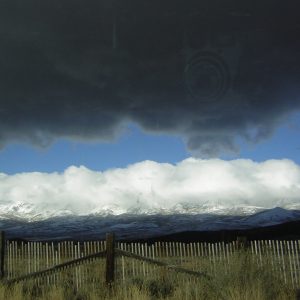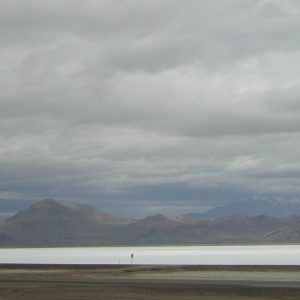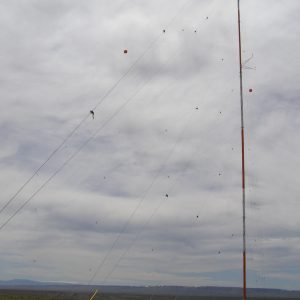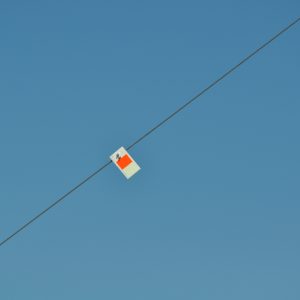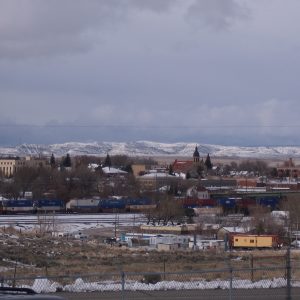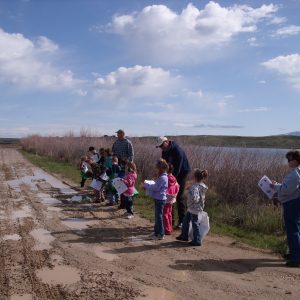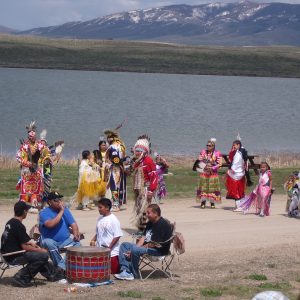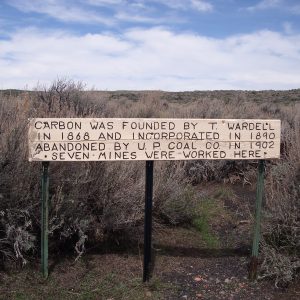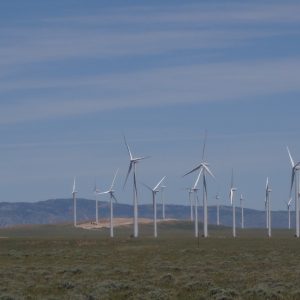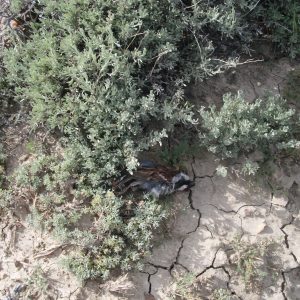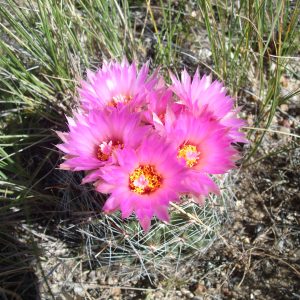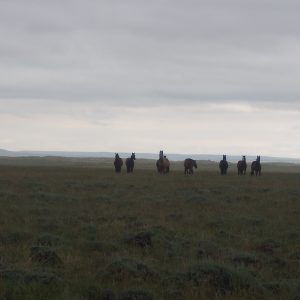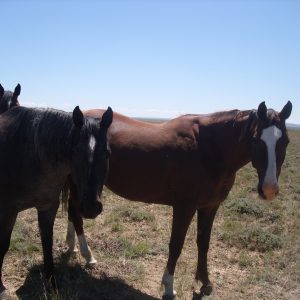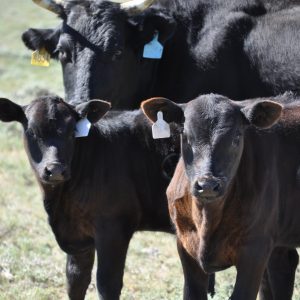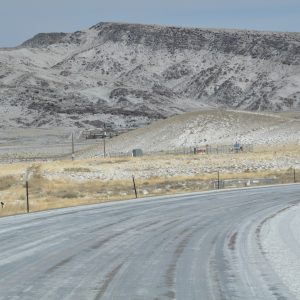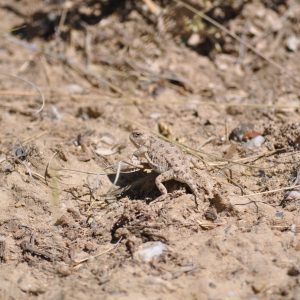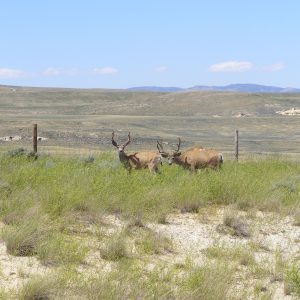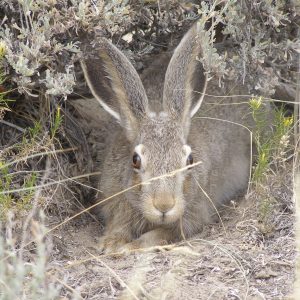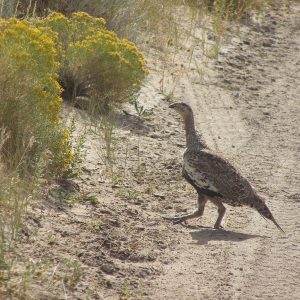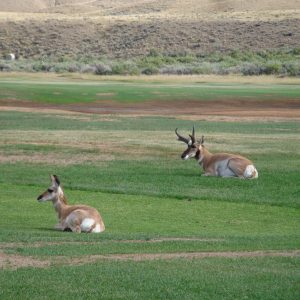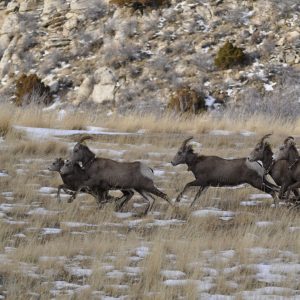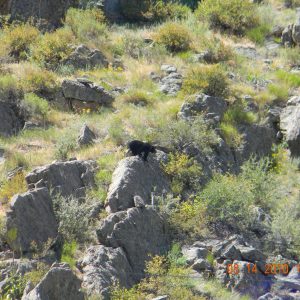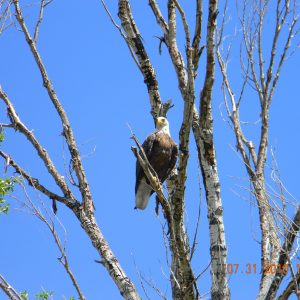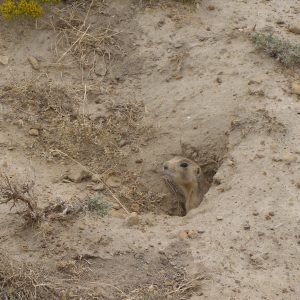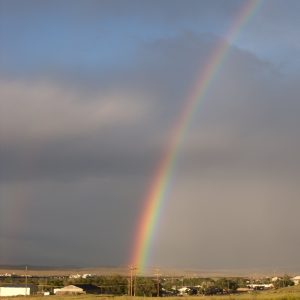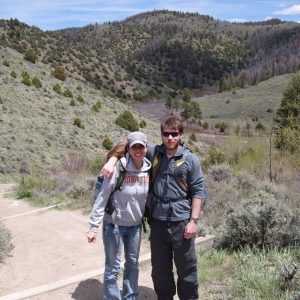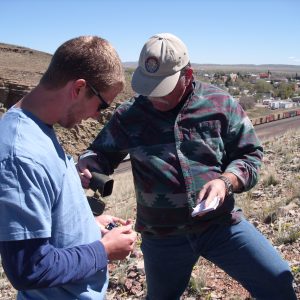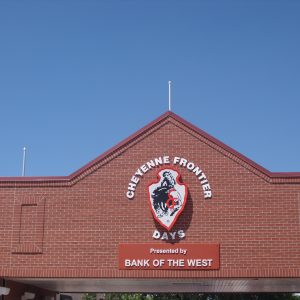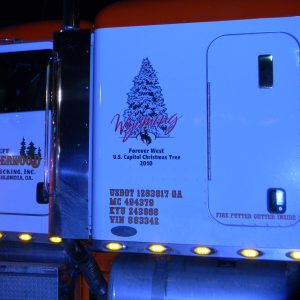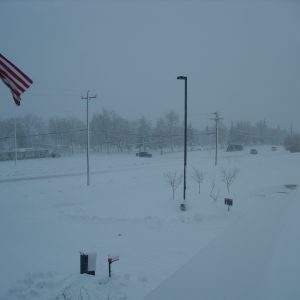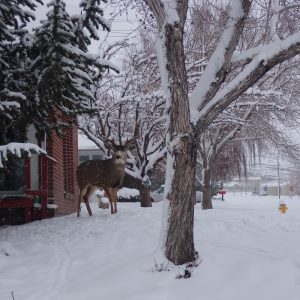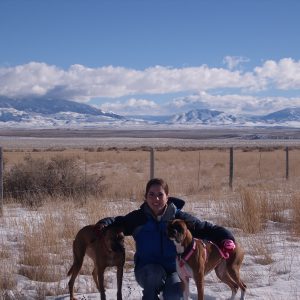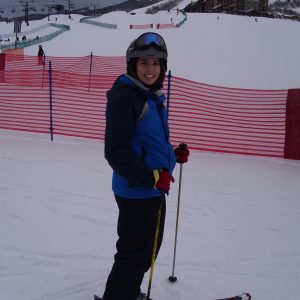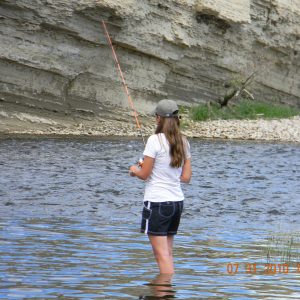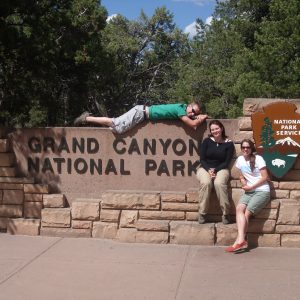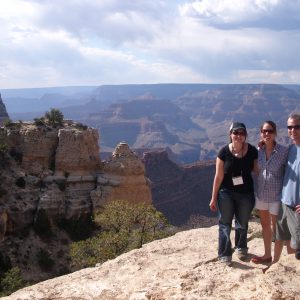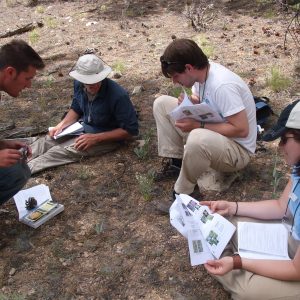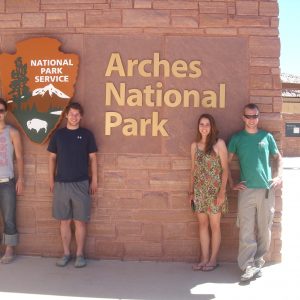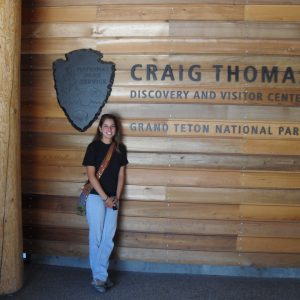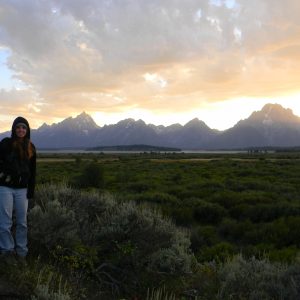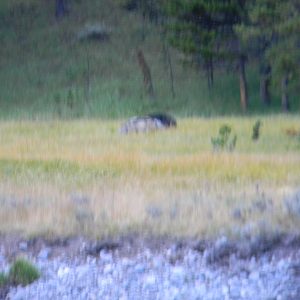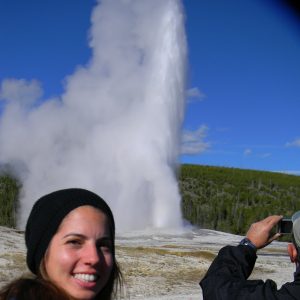Only 7 days remain. It’s -4F at 6:15 this morning in Lander, WY—balmy compared to what Lander, much of Wyoming, and, for that matter, what many parts of the United States have seen in the past few weeks. The flooding Lander streets of June, the heat of July and August and an unforgettable week at the Grand Canyon to begin my internship feel like ages ago. The mornings of racing the sunrise into the field to inventory aquatic organism passage at road crossings, what?, that was part of this internship?
It has been a busy eight months, full of smiles & laughter, loads of new knowledge, exploration, minor frustrations, and several new friends. To have spent my office days crouched at the base of the east edge of the Wind River Mountains was a thrill to a guy that has been itching to get back to the Rockies. And nearly every field day provided views of the Winds, too. And even as beautiful as these mountains are with the bright greens of summer, little I have seen in my life can compare to the absolute stillness of the wind-blown sagebrush backed by the snowy ribbon of peaks that I have admired over the past two wintery months. This puts a smile on my face. Pronghorn antelope, sage-grouse, elk, moose, bald eagles, golden eagles, ferruginous hawks (and at least half a dozen other hawks and falcons), mountain bluebirds and loggerhead shrikes (and dozens of other small birds), jack rabbits, cottontails, deer, coyotes, badgers, rattlesnakes, bull snakes, and trout: they all make me smile, too!
Periodically over the summer months, I would target a stream crossing on the map, chart my course, and head out to tackle the goal. Miles of some of the roughest roads I have driven in my life later, I would come to a fallen tree blocking the road or the road would completely fade into never-ending sagebrush or the turnoff I had planned to take on the map no longer actually existed. Or worst of all, I would get to the stream and find it was dry (a cow’s gotta drink, right?)! But, that’s data, that’s learning, and I certainly improved my wild terrain driving skills. Plus, these instances were few. Perhaps my most memorable stream crossing I reached (no pun intended) after a stretch of frustratingly-dense greasewood that encroached upon an already very narrow road, scratching the truck more than I would have liked. As I neared the crossing, I hopped out of the truck, walked the final few hundred meters, and found a beautiful, rushing creek no more than two feet wide.
It had not been disrupted by the presence of cattle, and as far as I could tell, very little by humans, either. Fish swam about upstream and downstream of the crossing (capable of passing the crossing, a good thing). Best of all, the downstream side of the crossing was loaded with wild currant bushes, and they were fruiting. That stream would have made an entire summer of bad luck and frustration worth it (but luckily it didn’t have to)!
A series of streams from another week toward the end of the inventory sticks with me vividly, too. I had to hike a couple miles overland and then into a canyon and over a few small cliff bands to a pair of crossings. The gully’s north side was loaded with pines, standing and fallen, and some unusually dense understory vegetation (for Wyoming). A bushwhack. I could tell early on that if road crossings had in fact existed in the area at some point, it was highly unlikely that they would still be present, and certainly not in use. But, it was a wonderful spot for a hike, and I wanted (and was supposed to) get to the crossing locations to be sure. After not finding any crossing to speak of at the first site, I hiked upstream for a rocky, heavily-vegetated half-mile or so to another couple of crossings. As I neared the next spot, and as I stepped over a large tree root, it clicked in my brain that my foot was about to come down on a rattlesnake, stretched out in the weak sunlight. Adrenaline helped me take a very long stride and luck showed the snake unconcerned with my presence. From a reasonable distance, I caught my breath and admired the snake for several minutes before continuing with the remainder of the day. Two days later, after hiking a loop of six or eight streams and nearly as many miles, working my way back up a long hill to the truck, I nearly stepped on a sunning bull snake. Lesson learned: I ought to tell my brain to keep an eye out for snakes in the sunning position, too, not just curled up!
If there were some need to “wrap up” my stories, it would happen right here. But, why stop now? On to new places, let the adventures go on!
Tyler Stuart
Lander, WY
BLM





